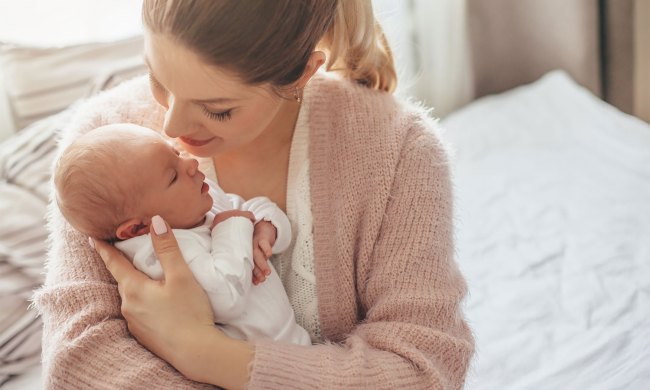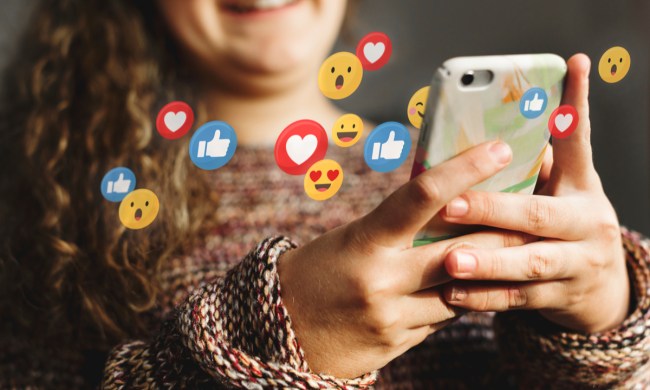
If your calling in life is to become a mother, nothing will stop you from making it happen. If you aren’t able to conceive, want to have a child without a partner, or have health issues that need medical intervention to have a child, the next step could be to look into in vitro fertilization (IVF). How much is IVF? If you think raising a kid is the expensive part — just wait. We’ll help you see how much your journey to becoming a parent could potentially cost.
IVF cost breakdown

Want to figure out how much IVF is? As with any medical process, there will be initial consultation fees and various other doctor appointments you’ll need to factor in. The range is broad because many factors vary from person to person. We’ll get into that in a bit, but there is a starting point — a single round of IVF could cost between $12,000 and $30,000.
What constitutes IVF
A round of IVF includes specific things, like ovarian stimulation, egg retrieval, and then the embryo transfer. You may find a clinic that covers more, or possibly even less, but that’s the average standard for a round of IVF.
Additional costs
There are various additional costs you may not initially think about. Depending on where you live, what kind of IVF you do, what extra tests you want done, and what fees the specific clinic you use charges are all unknown variables.
- Initial consultation starts at $200 and could go up to $500.
- Medicine could add anywhere from $3,000 up to $6,000.
- Additional tests on the embryo, such as genetic and diagnostic testing, could be another $1,200 to $1,700.
Types of IVF
- One IVF cycle using fresh eggs costs between $11,000 and $19,000.
- One IVF cycle with frozen embryos ranges from $10,000 to $17,000.
- One IVF cycle with frozen embryos with biopsy and CCS/PGT-A (those genetic tests like chromosome abnormalities) starts at $14,000 and goes up to $20,000.
Speaking of frozen embryos, there are more costs if you use those
- Freezing the embryos will run around $1,000 to $2,000.
- Storing of the embryos is only $300 to $600 for one year. Depending on the clinic, you might be able to get the first year free.
- If you use frozen embryos, the transfer is another $3,500 to $6,000.
Other (yes, more) possible costs
Are you going to need a surrogate? Using donor eggs? There are even more questions to ask to understand what other costs there could be. It’s a lot of information, planning, and research. But it’s better to plan as much as possible upfront so you aren’t hit with surprises later.
- Egg donor costs range between $10,000 and $15,000.
- Donor sperm could be $500 to $1,000 for one vial.
- Using a surrogate is a whole other level, financially. Donor expenses, travel, and other medical needs could be a staggering $100,000 to $150,000.
How to afford IVF

How will you pay for this? While saving for the perfect house and affording basic needs (grocery prices could slow down any day now), how are people who want or need to turn to IVF supposed to afford it? Every individual case will be different, but there are options to explore.
Various ways to financially support IVF
- Insurance
- Take out a loan
- Look into financial assistance programs
- Credit cards
- Grants
- Look for clinics that offer a lottery system
If you plan on trying IVF, start with a deep dive into your insurance. See what exactly it covers and what you would pay out of pocket. There are 15 states that mandate some private insurance companies to cover infertility treatments, while other insurance companies do not see IVF as a medical necessity and will not cover anything. You’ll need to do your homework and ask questions.
As with financing any large purchase, taking out a loan or putting payments on credit cards are options to afford treatment. Depending on your location and income, you might qualify for a grant to cover a portion of the costs. There are even clinics where you could enter a lottery system for a free round of IVF or a discounted treatment.
The emotional cost of IVF

There are seemingly endless financial costs to IVF, but what doesn’t get talked about enough is the emotional cost. How many tries you’ll need to get pregnant is not something you’ll be able to know going in, but most women need more than one cycle.
If the first try doesn’t work, you may need to wait around six months before your body is ready for another round. Maybe you have to change jobs and start over again with insurance. Maybe you move and have to look for a new clinic. Maybe you could only get enough money for one round, and it didn’t take. The mental load that comes with IVF is a cost you need to factor in. You need to take care of yourself first.
How much is IVF? It’s a mathematical process specific to each individual seeking to start or grow their family. We know how much we all hate math, but you’ll have to crunch the numbers. Start planning the process you’d like to take, factor in all the costs, call the insurance company, and talk to the clinic directly to get the magic number for you. It’s a lot of work to get the cost of IVF figured out, but parenthood is a lot of work, so think of it as practice.



